Although it may seem easier to define gastronomy than the various food-related design disciplines, it is becoming increasingly understood and accepted that designing a cake requires as much attitude and professional background as designing furniture or clothing. The ‘building’ process that is fostered by creativity, the attempt to harmonize the elements, and the creative process are no different from what we find in a designer working in a more classical medium. Zsuzsanna Ötvös, the pastry chef at the restaurant Laurel Budapest, has been working with desserts for a long time, and we took a look at the subject with her help.
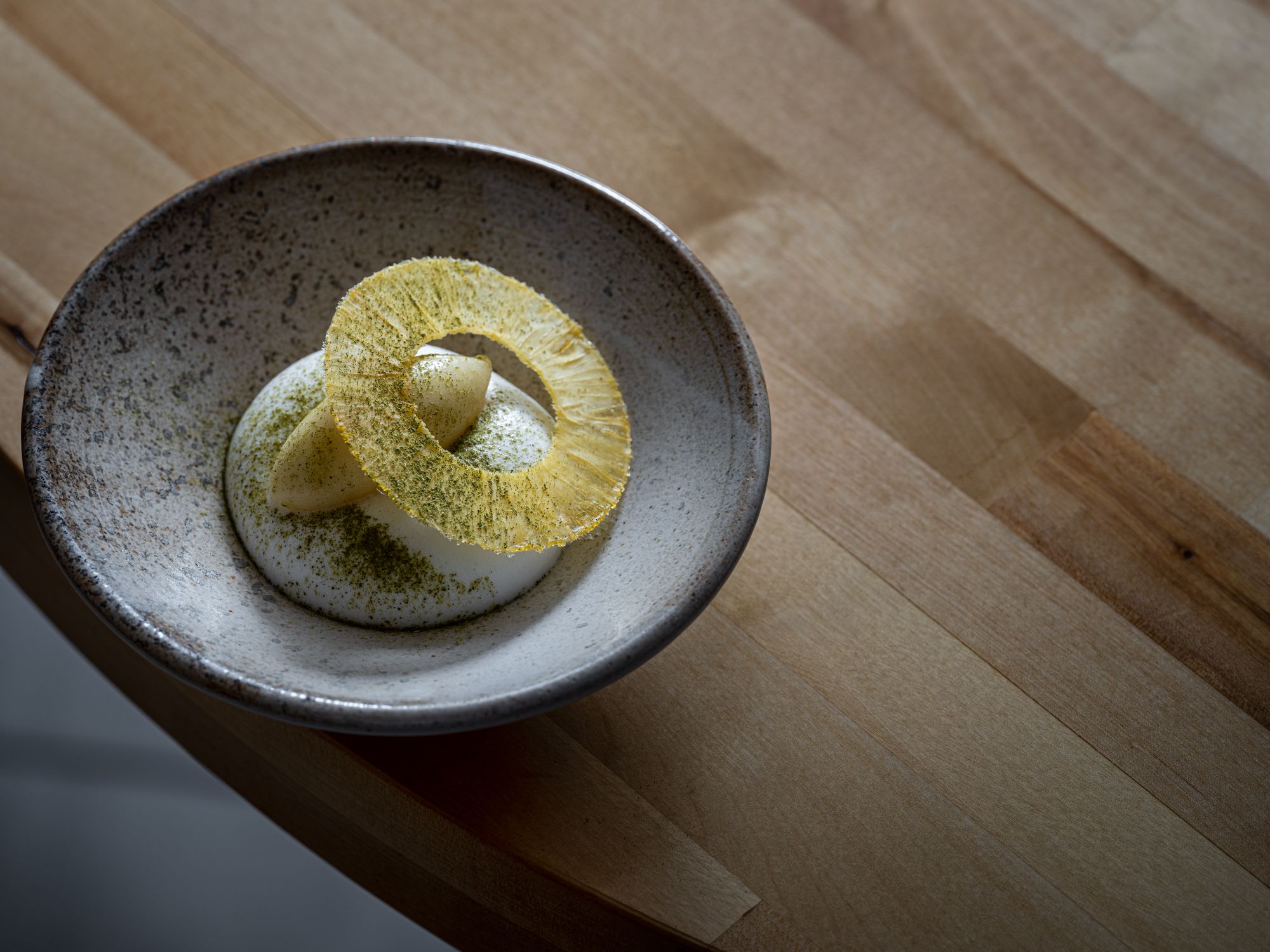
Zsuzsanna Ötvös is recognized throughout the country. Originally a doctor of classical philology, she started working with chocolate as a hobby and shared her experiences on the blog Praliné Paradicsom, which she started in 2010. In 2014, she was brought on board with Tibor Szántó, a chocolate maker who has since sadly passed away, and that was when she began to embrace the wonderfully pure world of bean-to-bar chocolates. For 2.5 years, she lived under the spell of bonbon making, but the researcher’s attitude from her past life didn’t let her rest, so she graduated from confectionery school while studying the art of French pastry making. One of the most important things Tibor taught her was that the flavor profile comes first and to which the visual aspect is secondary, a perspective that she quickly embraced. Although she had the opportunity to take over the chocolate workshop, she was drawn to restaurant confectionery, and thus she found her first job at the Baraka restaurant, working alongside Serbian-Hungarian pastry chef Andrej Ivetic.
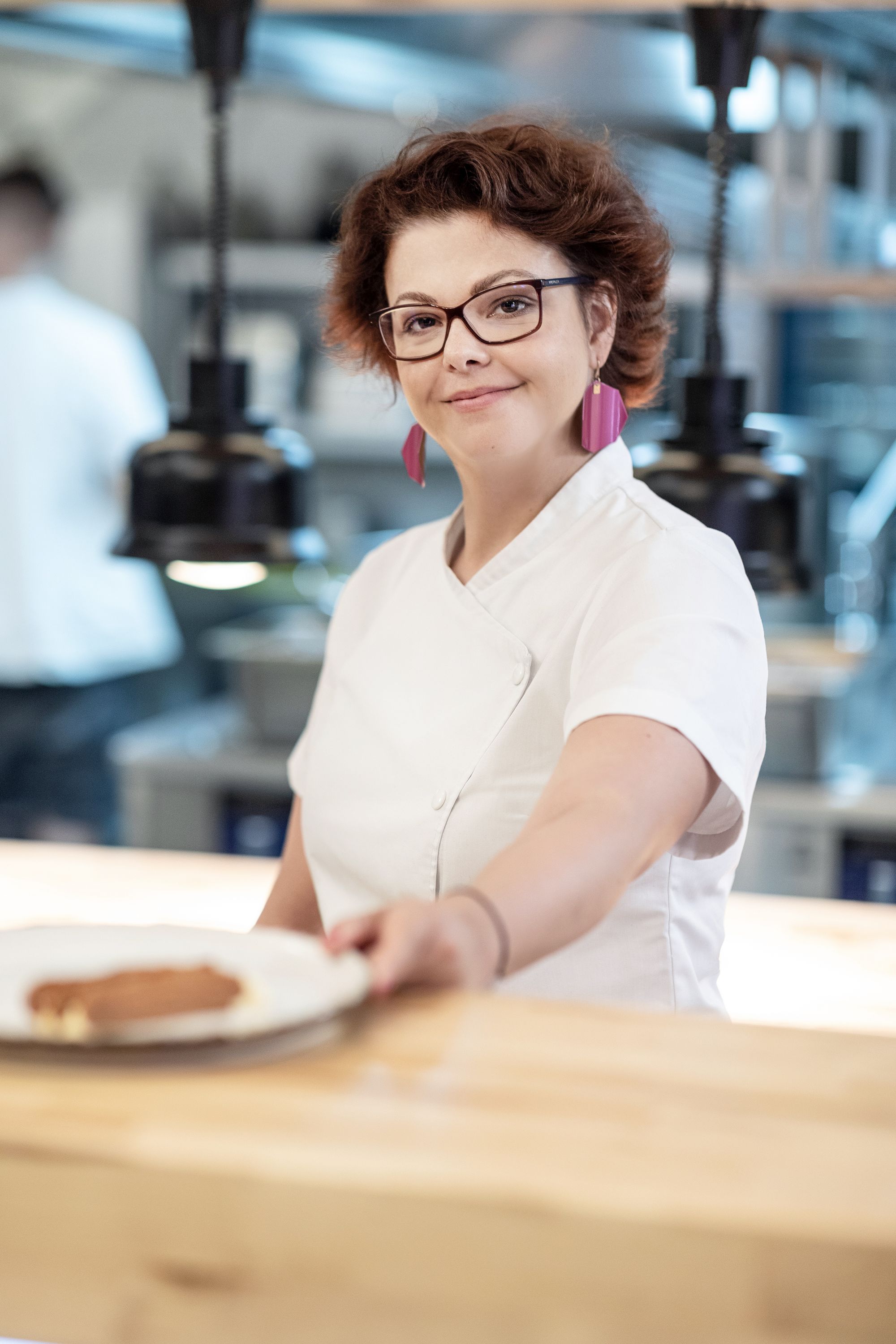
It was here that she first saw first-hand what it means to design a dessert, or more precisely, a plated dessert. To make a dish flawless, you can’t just take an existing cake apart and rebuild it, you have to redesign it from the ground up. This is what Zsuzsanna has continued to do at Laurel: over the years she has developed her own design methodology, which she implements according to various criteria. The primary focus is the function, which leads to the key question: what is the purpose of the dessert? In a restaurant offering a degustation menu, for example, we also talk about pre-desserts, main desserts, and petits fours (small bites to conclude the dinner). The function of the pre-dessert is to refresh the taste buds and, although it is no more than a few bites, it must be ‘concentrated’. This is a good opportunity to play with acids, such as those of citruses. An excellent example of this on the current menu is when carrot cake meets cream cheese and calamansi. The main dessert is a much more pronounced, complex dish with its own spotlight to round off the evening. In this case, the pastry chef can be more daring, but it is important that the result is not overwhelming, not to break the sense of completeness.

The second is the context, in other words, where the creations appear: as part of the standard or vegan tasting menu, or as part of a pop-up event, such as those planned around wine or whisky tastings. The third is texture, of which there is always a key, to which the others should be paired appropriately. It’s important to always have something that’s crunchy, something that’s light, and something that’s fuller-bodied and creamy. These can be enjoyed while eating, as the contrast in textures increases the mouthfeel and stimulates the nervous system. Seasonality and personal taste are also important considerations—a dessert will be truly distinctive when each element feels self-evident, not chosen to meet expectations.

Zsuzsi believes that a composition works when the elements are carefully chosen, but the whole is not trying to make a big statement. Rather than exuberant shapes and cacophonous components, the key is simplicity and honesty. For her, there is always an initial inspiration, an experience, or an ingredient, such as tasting an infinitely simple, traditional Austrian dessert, like the breaded apple. The flavor notes associated with baked apples, such as caramel, trigger associations. Ideally, this gets a pastry chef into the flow, but besides intuition, they also rely on experience. It is easy to go from caramel to browned butter, but these smoky, yet rather sweet flavors should be balanced with acidity or saltiness. This is how, for example, the umami flavor of miso paste can come into play alongside the natural acidity of apples.
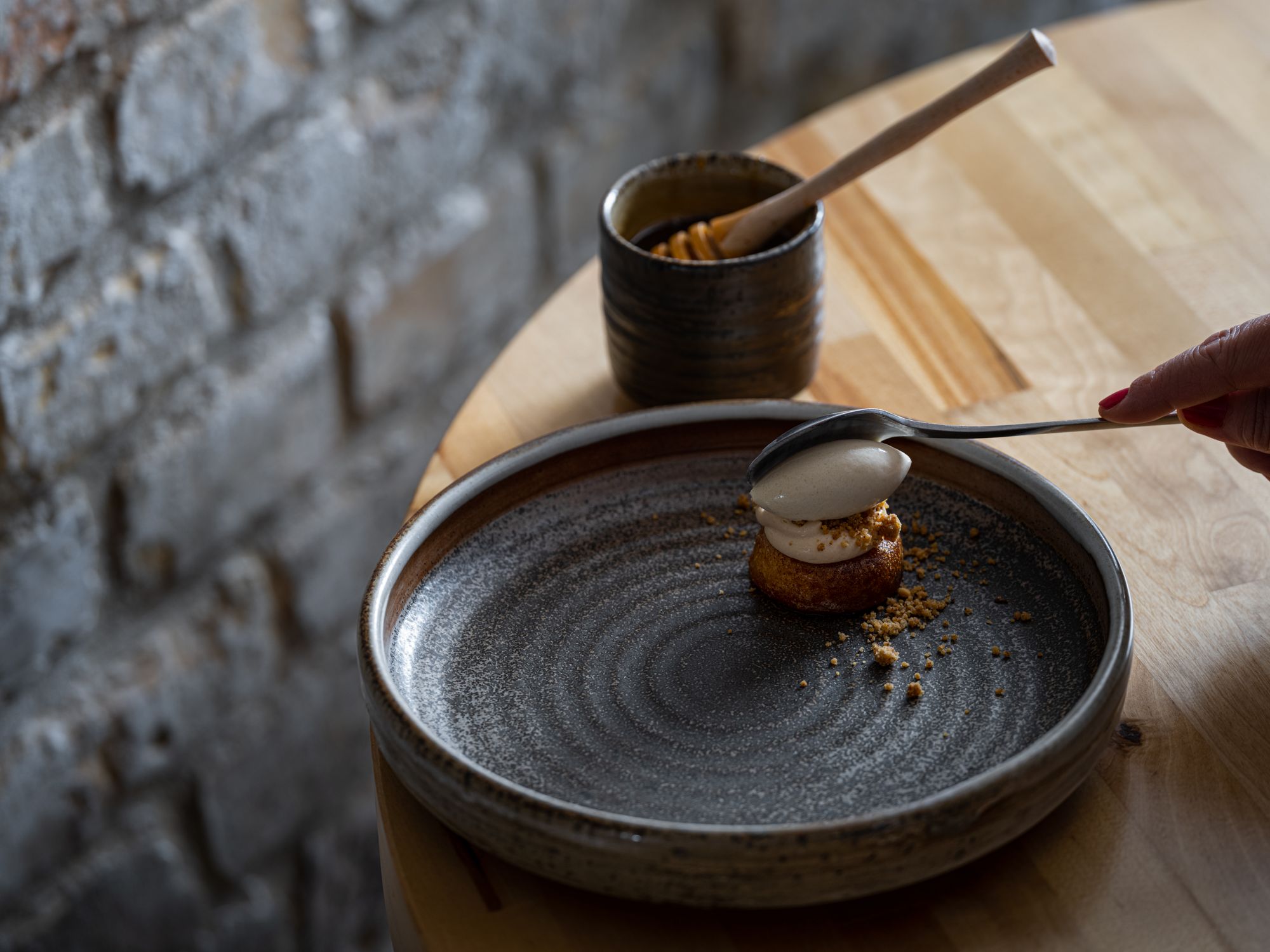
The advantage of the restaurant environment over the more closed world of a pastry shop is that you can draw inspiration from the other chef-minded members of the team, both in terms of technology and ingredients. For example, from a chef, who uses things you wouldn’t traditionally find in a pastry chef’s kitchen. One example Zsuzsi mentions is the black garlic she borrowed from chef Ádám Mede for one of her desserts. As a professional, she must always strive to improve, learn and gather inspiration, so she tastes often. As an example, she cites the two-Michelin-starred CODA restaurant in Berlin (where she herself goes for a month in the summer to stage), where the entire tasting menu is based around desserts, but with a broadening of the conceptual boundaries, as the focus is not on sugar. It is important to note that the aim is never to replicate a taste or texture that has been felt before, but rather to reimagine and reinterpret it.
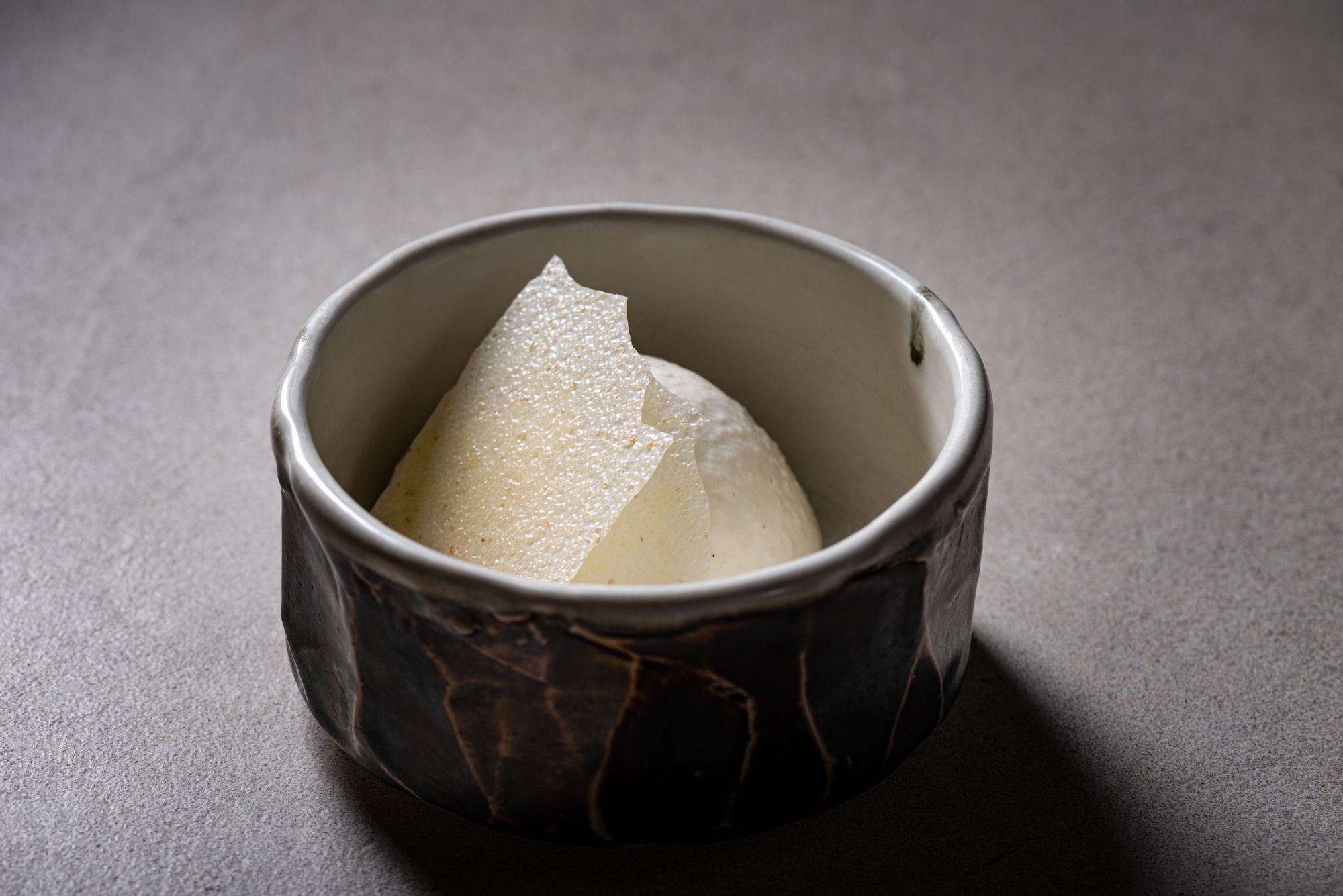
Zsuzsi is particularly keen to give space to modern Hungarian confectionery, of which there are unfortunately few examples at present. Even though there are great talents and easily available, high-quality ingredients, we mostly encounter either the perfectly tuned French line or the questionable retro. That’s why, on 14 February, she is opening a cake shop for a day at Laurel, where she will be making her favorite classic desserts in mono-size and with a twist. In this, she proves that dessert design not only works when composed on a plate but also in a single slice, following the principles above. Her aim is to create an experience that gives everyone a bite of the inspiring past in a modern guise. There will be a peach-camomile-honey krémes, but also an Eszterházy cake with pecan nut and a Chinese five-spice blend.
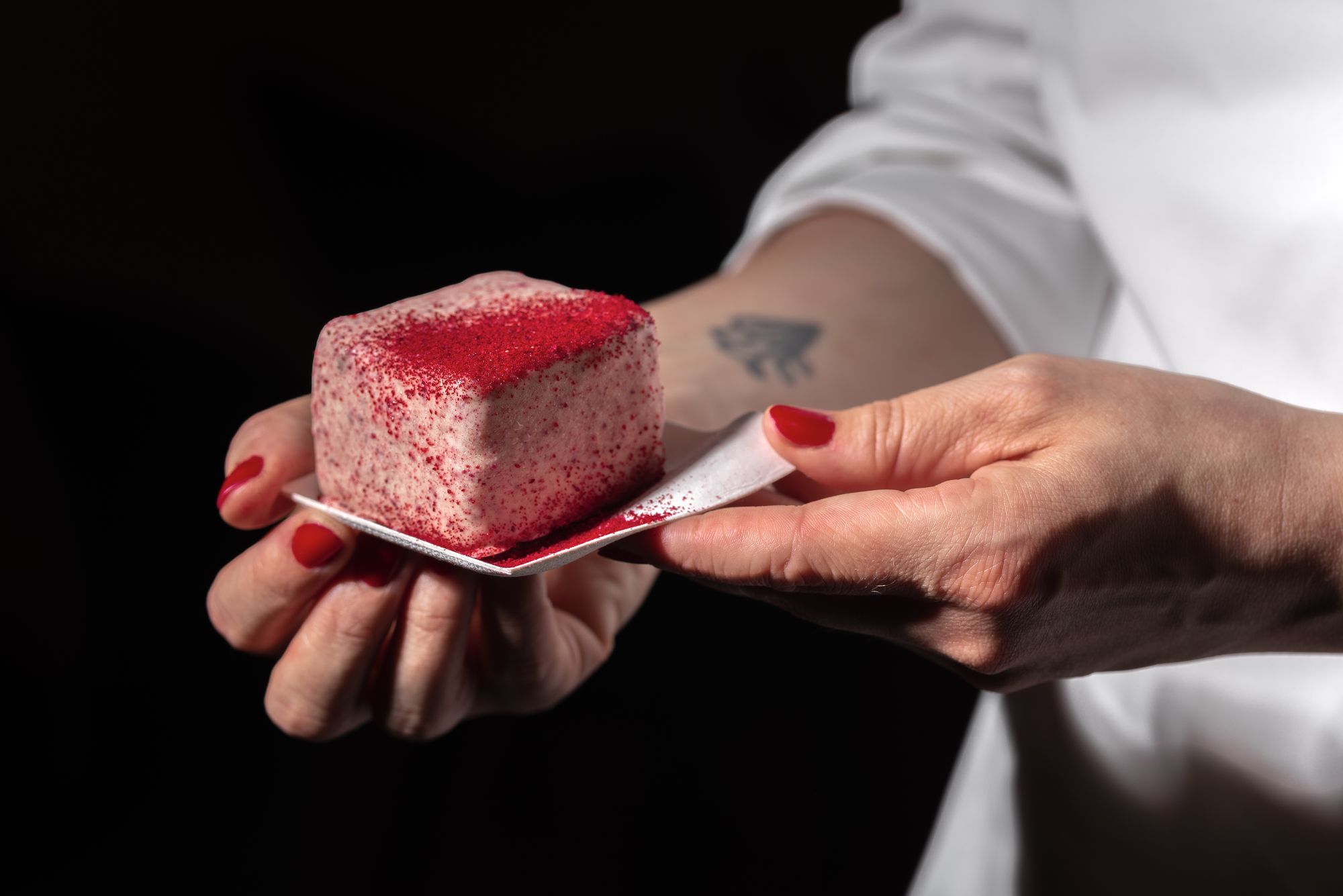
She is also not afraid to use unconventional ingredients, as it is the custom in Hungarian cuisine. The hájas tészta (fatty pastry, a traditional folded sweet pastry in Hungary—the Transl.), for example, is made with fat, whose dough she will not use with the traditional plum preserve, but for making krémes. But she also likes to experiment with ingredients such as pork rind, cheese, or crispy chicken skin. She would like to create an environment that makes guests think while making them feel comfortable because that’s what gives desserts their real magic.

If you want to learn from her or get just inspired, reserve a seat for the event on 14 February or get Zsuzsi’s books, Kreatív desszertiskola (Creative Dessert School) or Régi receptek, mai desszertek (Old Recipes, Today’s Desserts). You won’t be disappointed!
Cover Photo: Dávid Szabó

In search of the most stylish hobo

Hidden and authentic | Documentary photos from Moldova










